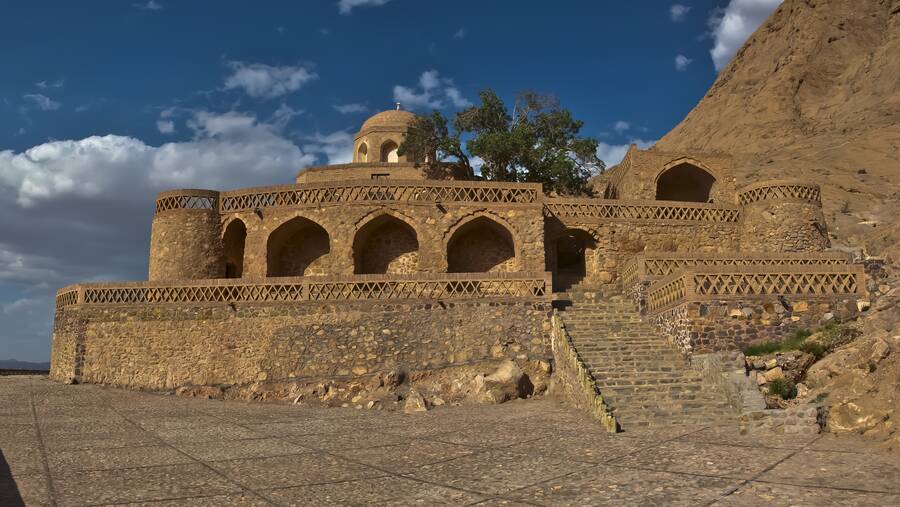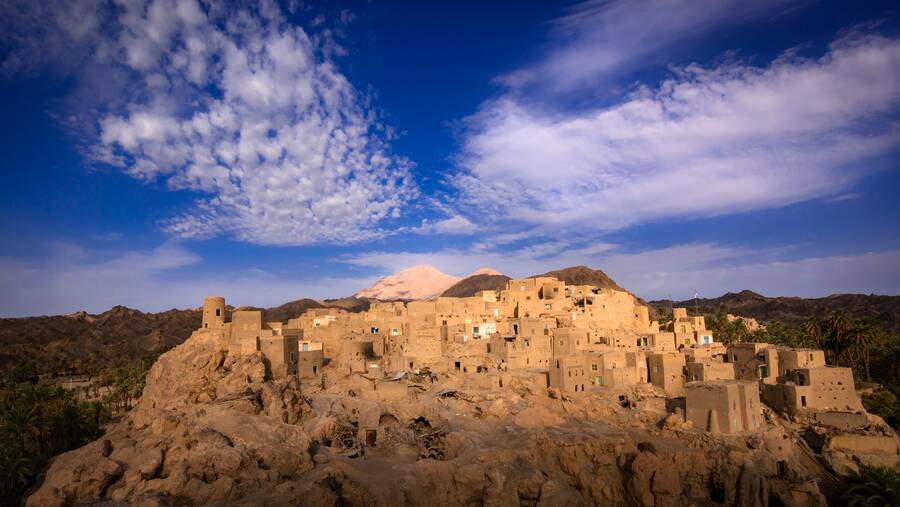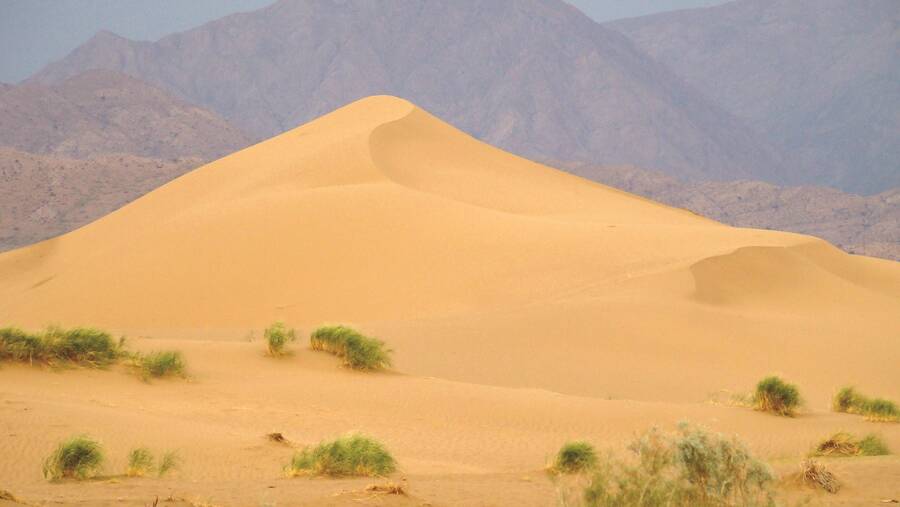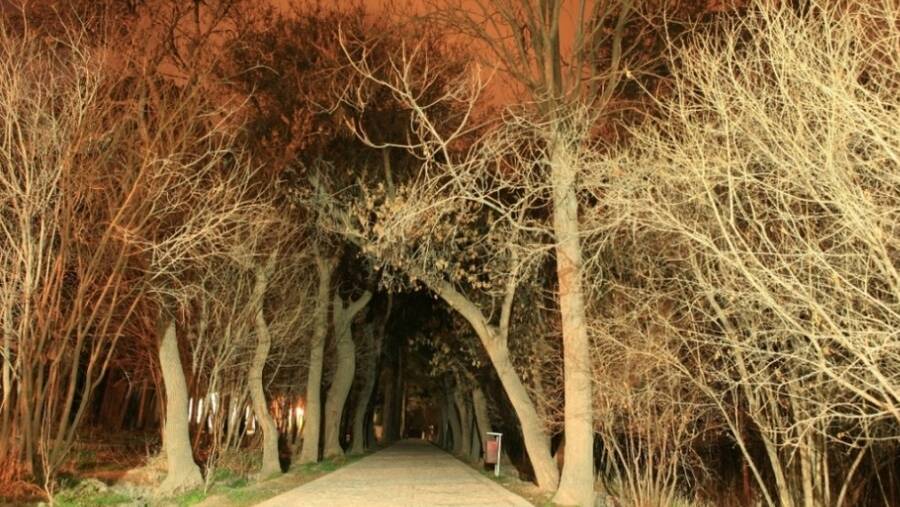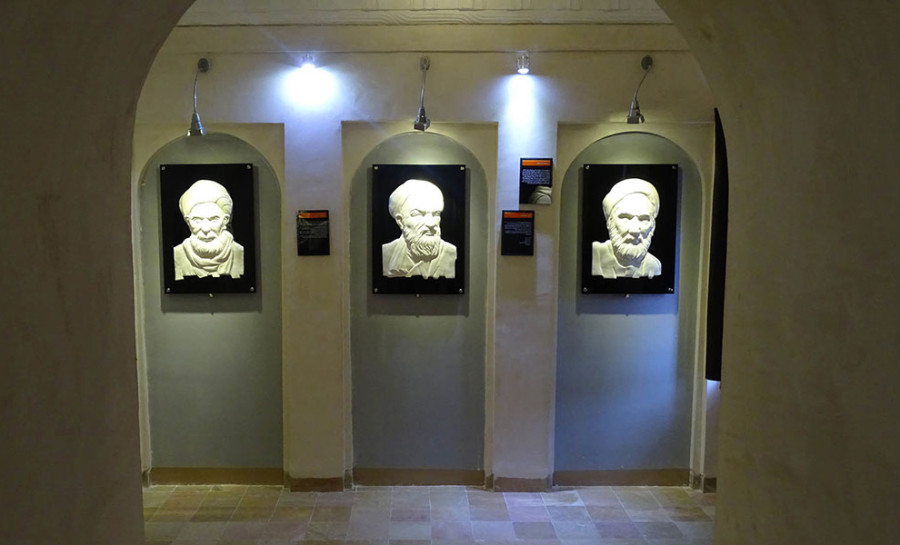Birjand is located in the south of Khorasan at the height of 1470 m above the sea level and have 140 km shared border with Afghanistan.
Birjand is a mountainous area which contains deep and fertile valleys so that the climatic condition of this city is semi-desert with cold winter and warm summer.
Birjand consists of 2 districts named “Markazi“, “khosof“, 2 cities and 10 rural districts. Arg-e Kolah Farangi is the art and architectural symbol of this city. Birjand appropriates the center of many product usage by being situated in the transit roads and commercial, trading, industries and service connections with the Central Asian countries and Afghanistan; it also have the same important role in Iran’s economy as the commercial sea ports.
From an agricultural point of view, Birjand water sources include wells, springs and Qanats and the most common agricultural products are wheat, barley, cotton, saffron, barberry, kitchen garden products and feed. The most common gardening products include Jujube, pistachio, apple, pomegranate, grape and sorb in this area. Culture, art, science, ethics and history of this city is highly rich.
Birjand is known as the university center in the east of Iran and allocated the highest volume of student registration rate to itself. Birjand was the first city with urban water piping at 1302 SH (before Tehran) and it is also recognized as the first water supply organization in Iran. Shokatieh School in Birjand is the third school with modern training techniques after Darolfonon and Roshdieh in Tabriz. The third airport after Ghale morghi and Bushehr airports has been built in this city. Birjand people speak in Farsi in Birjandi dialect. There are some ancient Persian words in their speech. Arabic is also common among Arabs who live in there. Their religion is Islam and they are followers of Ja’afari Shia, although Sunni and some Zoroastrians live in this city, as well.
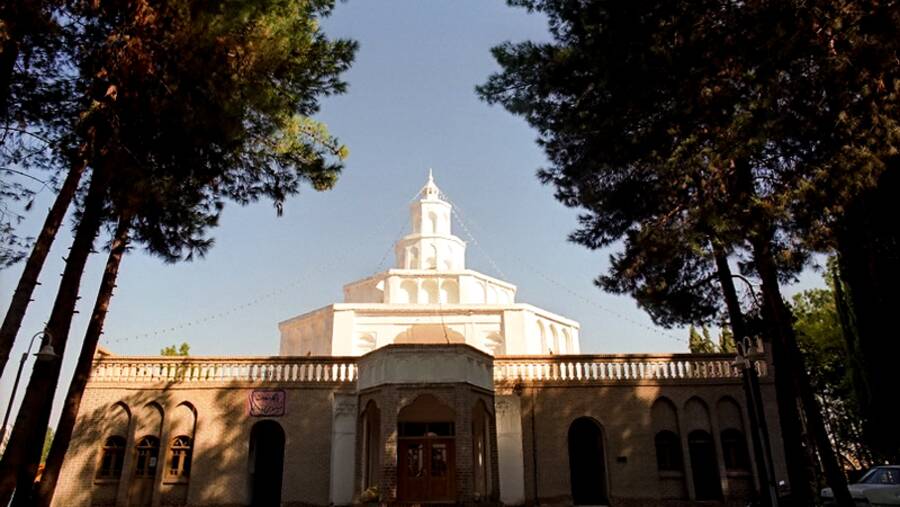
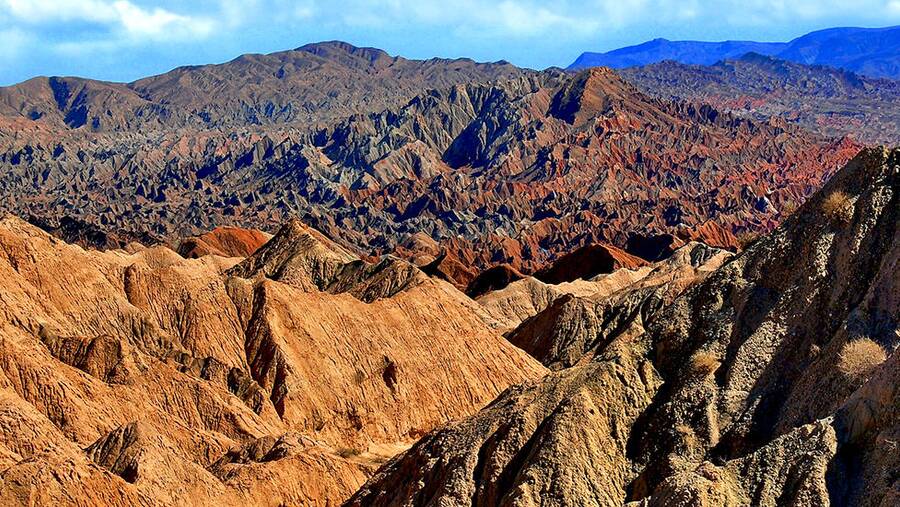
.jpg)
